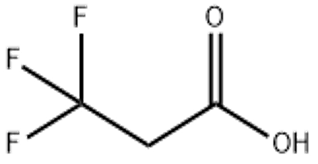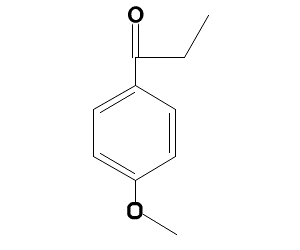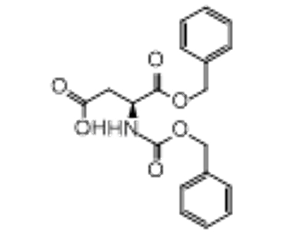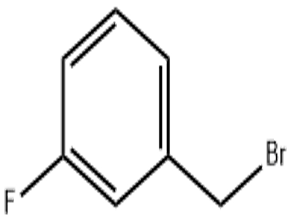3 3 3-Trifluoropropionic acid(CAS# 2516-99-6)
| Hazard Symbols | C – Corrosive |
| Risk Codes | 34 – Causes burns |
| Safety Description | S26 – In case of contact with eyes, rinse immediately with plenty of water and seek medical advice. S36/37/39 – Wear suitable protective clothing, gloves and eye/face protection. S45 – In case of accident or if you feel unwell, seek medical advice immediately (show the label whenever possible.) |
| UN IDs | UN 3265 8/PG 2 |
| WGK Germany | 3 |
| HS Code | 29159000 |
| Hazard Note | Corrosive |
| Hazard Class | 8 |
| Packing Group | II |
Introduction
3,3,3-trifluoropropionic acid is an organic compound with the chemical formula C3HF3O2. The following is a description of its nature, use, formulation and safety information:
Nature:
1. Appearance: 3,3,3-trifluoropropionic acid is a colorless liquid with a strong pungent odor.
2. Solubility: It can be dissolved in water and many organic solvents.
3. Stability: It is a stable compound that will not decompose or decompose at room temperature.
4. Combustibility: 3,3,3-trifluoropropionic acid is flammable and can burn to produce toxic gases and harmful substances.
Use:
1. Chemical Synthesis: it is often used as an important raw material in organic synthesis, for the preparation of other organic compounds.
2. Surfactant: It can be used as a surfactant component, and in some applications, it has the characteristics of emulsification, dispersion and solubilization.
3. Cleaning agent: Due to its good solubility, it is also used as a cleaning agent.
Method:
The preparation of 3,3,3-trifluoropropionic acid is usually achieved by reacting oxalic dicarboxylic anhydride and trifluoromethylmethane. The specific preparation method depends on the production scale and the required purity.
Safety Information:
1. 3,3,3-trifluoropropionic acid is irritating and may cause irritation and inflammation after contact with eyes, skin and respiratory tract. Wear appropriate personal protective equipment such as gloves, goggles and protective clothing when in use.
2. When accidentally inhaled or ingested, should immediately seek medical treatment.
3. Avoid contact with oxidants and strong alkali substances to avoid unsafe reactions.
Please note that this information is for informational purposes only. When using or handling chemicals, be sure to follow the correct operating guidelines and safety measures, and refer to relevant regulations and safety data sheets.








